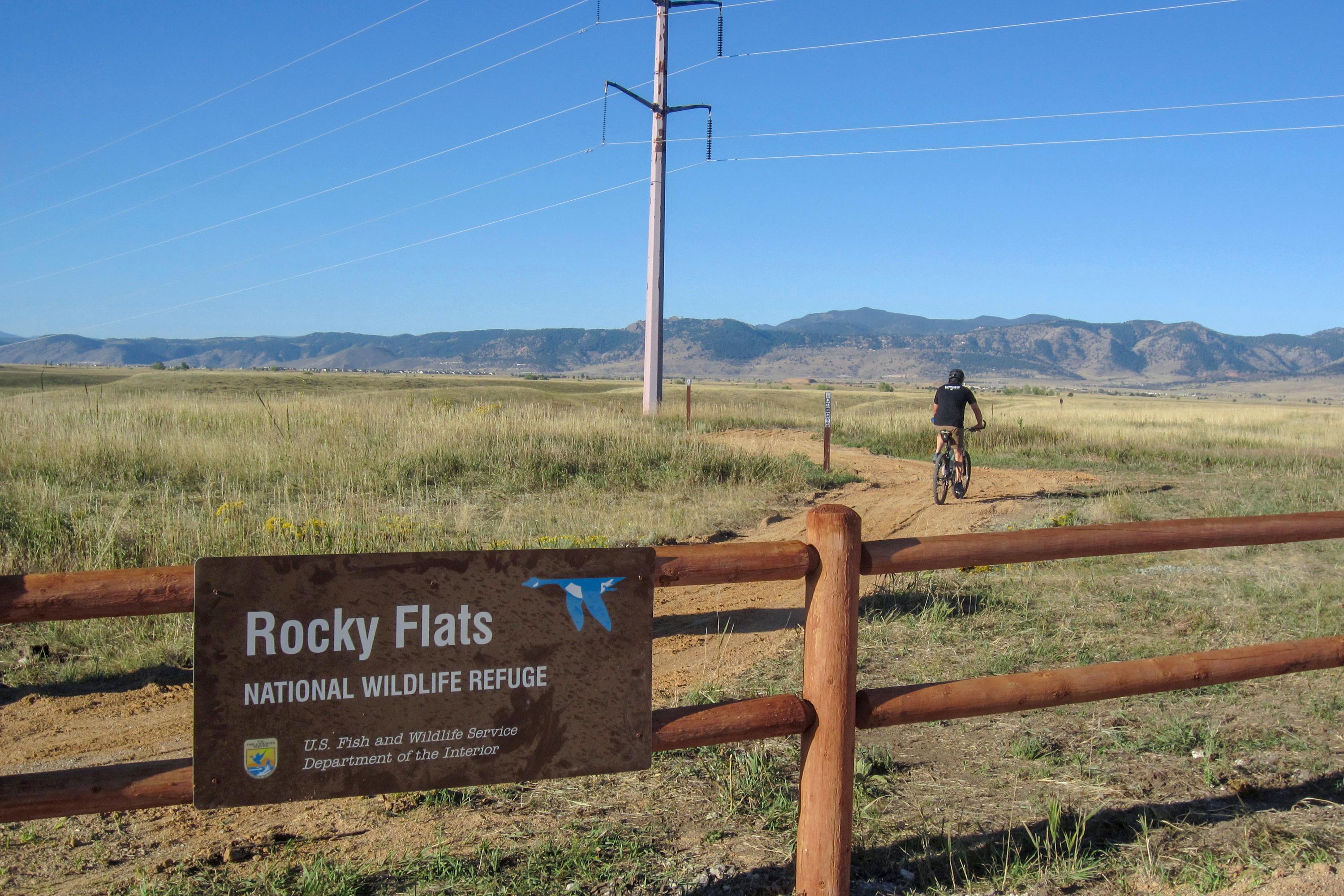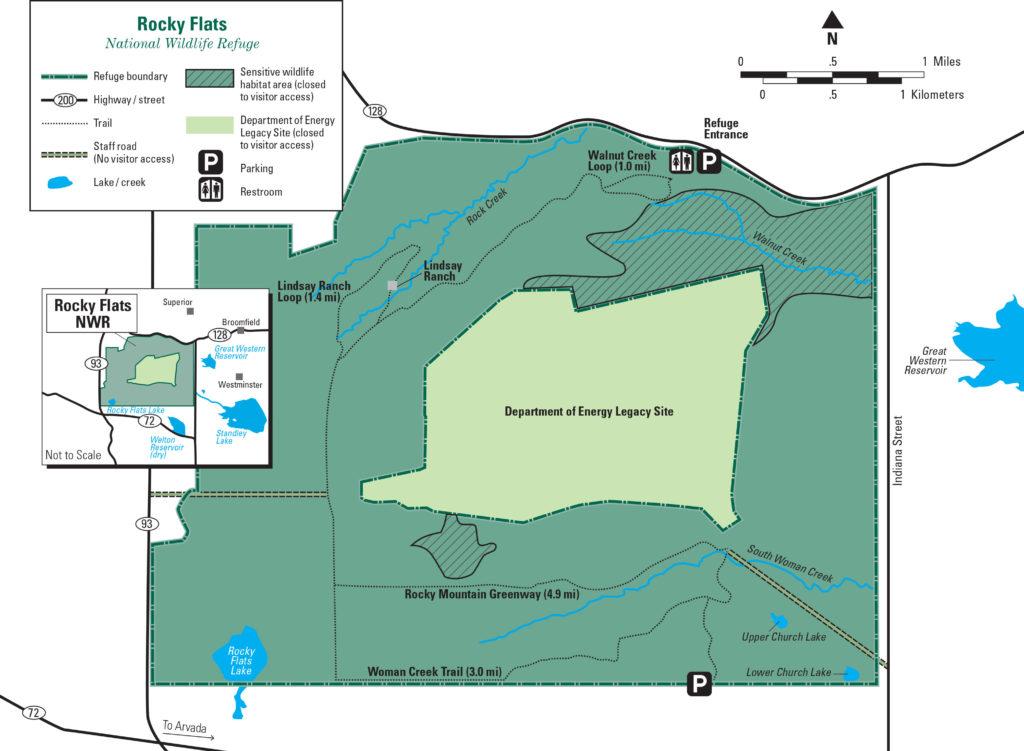
Elevated levels of plutonium were found in the soil near a former nuclear weapons plant outside Denver, while a second test showed far lower levels, health officials said Tuesday.
The Colorado Department of Public Health and Environment said it is trying to sort out the conflicting results of tests done near the Rocky Flats plant, which made plutonium triggers for nuclear warheads from 1952 until 1989.
The plant underwent a $7 billion cleanup that was finished in 2005.
The health department is taking the test results seriously, but it does not believe there is an immediate threat to public health, said Jennifer T. Opila, director of the department's Hazardous Materials and Waste Management Division.
One test on the sample registered plutonium at 264 picocuries per gram, Opila said in a written statement. That's more than five times above the Rocky Flats cleanup standard of 50 picocuries per gram.
The second test on another portion of the same sample registered 1.5 picocuries per gram.
The department is waiting for more details, including the exact location of the sample and technical data about how the soil was collected and tested.
The sample was taken from a former buffer zone east of the plant in the path of a proposed toll road.
The testing was done by the Jefferson Parkway Public Highway Authority, which hopes to build the road to complete a belt route around the Denver metro area, Opila said.
Rocky Flats covered 10 square miles of wind-swept prairie 16 miles northwest of Denver. The plant had a long history of leaks, fires and environmental violations, which led to an FBI raid, a grand jury investigation and an $18.5 million fine against operator Rockwell International.
Rocky Flats National Wildlife Refuge was created on the former buffer zone around the perimeter of the site and turned over to the U.S. Fish and Wildlife Service. Two square miles at the center of the site, where the plutonium was handled, is controlled by the U.S. Department of Energy and remains closed to the public.

The soil where the elevated plutonium was found was on the former buffer zone but not on refuge land.
David Lucas, manager of the refuge, said the Fish and Wildlife Service is aware of the test results and is deferring to the state health department and the U.S. Environmental Protection Agency.
The refuge opened to the public in 2018, but a coalition of environmental and public health advocates has filed a lawsuit saying the government did not do enough to ensure it's safe.
Bob Schaeffer, a spokesman for the coalition, said the refuge should be closed until more soil samples are tested, and a comprehensive study of potential risks should be completed before authorities decide whether to build the toll road. "Doing anything less would be irresponsible," he said in a written statement.
Rocky Flats is one of six former nuclear, chemical or toxic weapons sites that the U.S. government has converted into wildlife refuges.









